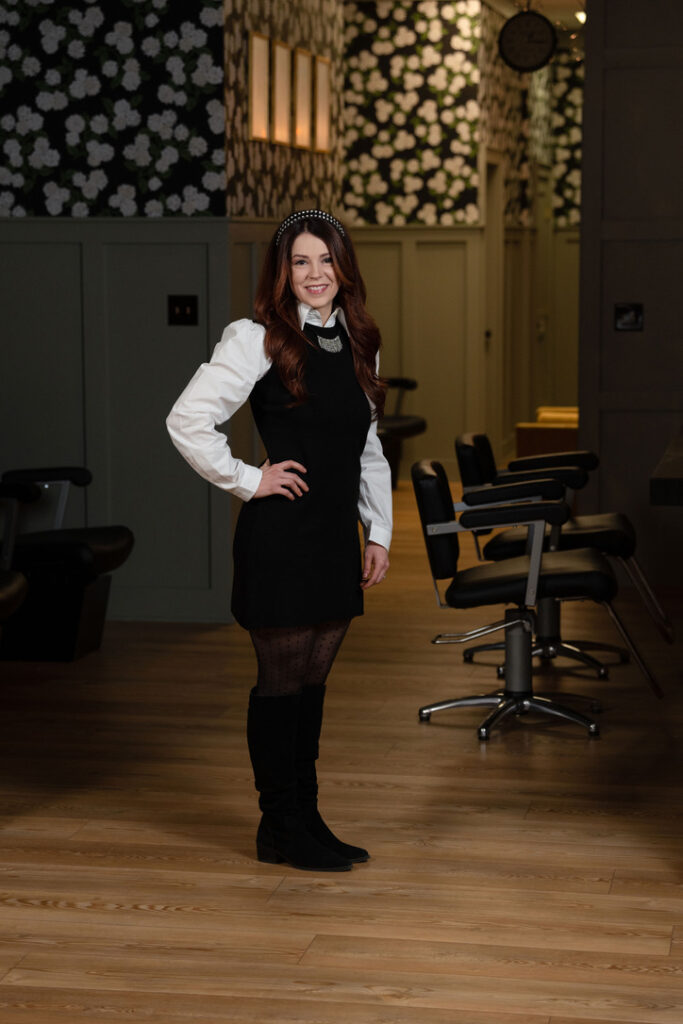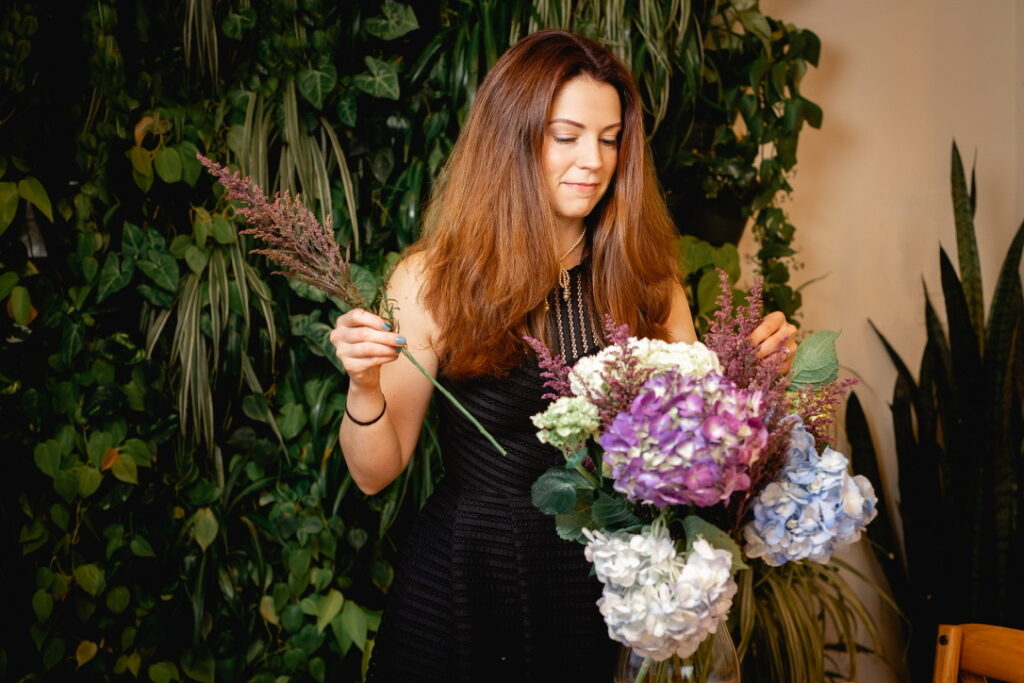SERVING FAMILIES ON THE MAINLINE
Little Green House Interiors Part One: The Search For Purpose
Building, Client Experience, Design, Design Trends, Faith & Home, Home Design, Interior Design, Interior Design Philosophy, Mainline Interior Design
During my mid-twenties, I found myself in the middle of an existential crisis. I was feeling unfulfilled in my career and knew it was time to move on. At the time, I was working toward my bachelor’s in marketing, with every intention of becoming a marketing executive. That had been the plan for two years.
I interviewed for internships and entry-level jobs—some on Zoom (this was during COVID) and one in person. But the moment I walked into that office, I knew in my gut this wasn’t the path for me. I couldn’t imagine sitting in an office all day. It wasn’t a judgment on anyone else—it just wasn’t me. After years of working toward this degree, I suddenly felt like I had hit a dead end.

So I started searching. I took aptitude tests, read books, listened to speeches—anything that might help me uncover a clue about myself I had been missing. Months went by, and I felt like I was crawling out of my skin. I envied people who had always known what they wanted to do. My mom knew she wanted to be a hairstylist from the time she was four. My husband, James, spent his childhood building things. Everyone around me seemed to have the answers. And I didn’t.
So I turned backward—into my own childhood. What did I spend my time doing? What did I dream of being when I grew up?
The answer was a pattern I hadn’t recognized before.
As a kid, I romanticized houses. I dreamed up playhouses with my cousin, drew floor plans, and spent hours designing homes on The Sims (sometimes staying up until 5 a.m.). When I said I wanted to be a teacher, it wasn’t because I longed to teach—it was because I wanted to design the classroom. When I wanted to own a daycare, it was because I wanted to organize the space. Everything pointed back to art, design, and the home.

And then came a conversation that stuck with me. Early in my marketing studies, I was chatting with my cousin about my plans. He asked James what he thought, and James replied:
“I just don’t really see her as a marketing executive. I think she’s meant to design something—I just don’t know what that is.”
That line stayed in the back of my mind.
When I asked myself why I wanted to change careers, the first answer was money. But when I asked what I would do with that money, the answer was always the same: I wanted to buy a home, renovate it, decorate it—create my dream space.
It always came back to design and the home.
Still, I resisted interior design at first. I had researched programs and salaries and convinced myself there wasn’t money or security in it. But after months of searching, I realized: even if there wasn’t, I would at least be happy.
So I pursued an internship. By some miracle, I found one four miles from my house. The position had already been filled, but I sent an email anyway—and the owner said she’d make room for me. That summer, I worked mornings at the design firm, afternoons at my full-time job, and nights finishing schoolwork.
One day, the firm took on a new-build project in Villanova—a $1.5 million home. It was the first time I had ever stepped foot in a space like that. Two staircases, a butler’s pantry, curved stairs, an upstairs laundry room. My heart pounded. I had an adrenaline rush the entire time. And I knew: I had finally found my path.
COME BACK THURSDAY FOR PART TWO.
Leave a Reply Cancel reply
design diary
contact
home
portfolio
©2025 little green house interior co | site credit Karima Creative | copy credit black diamond copy co